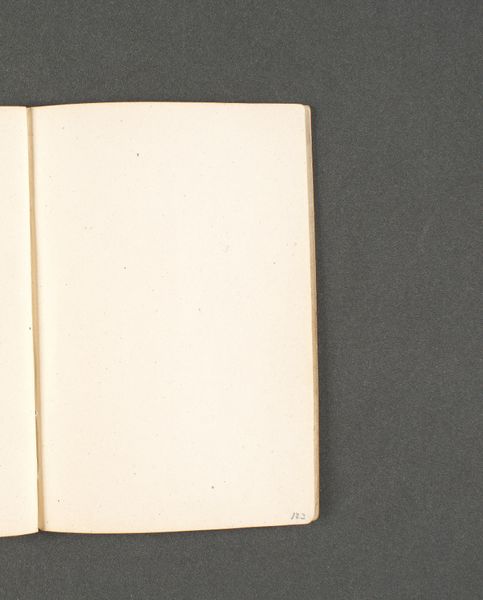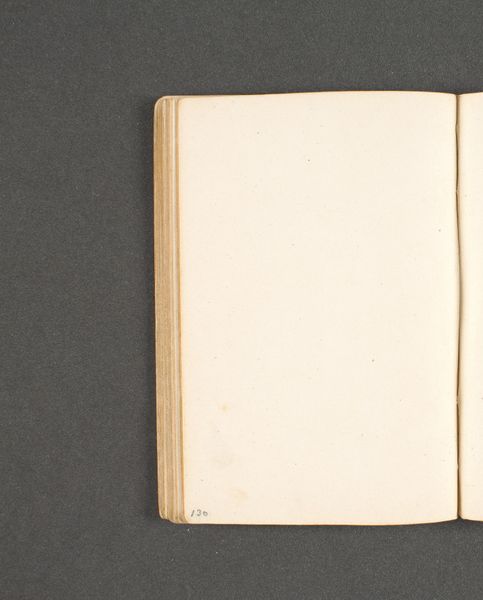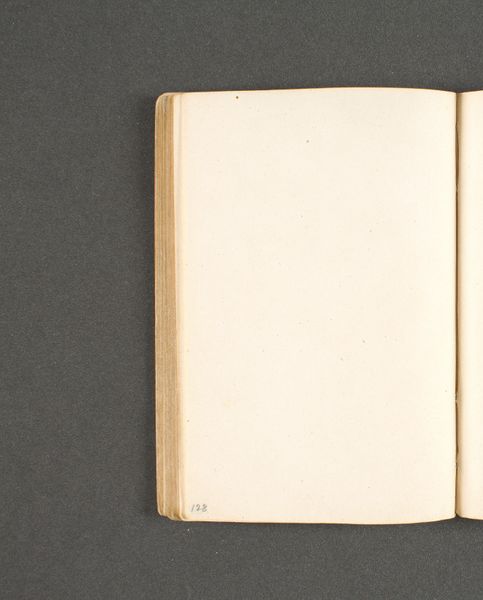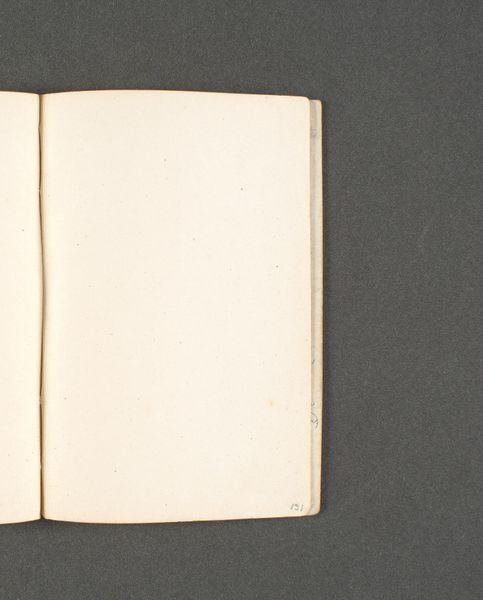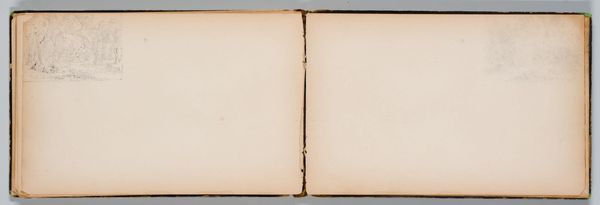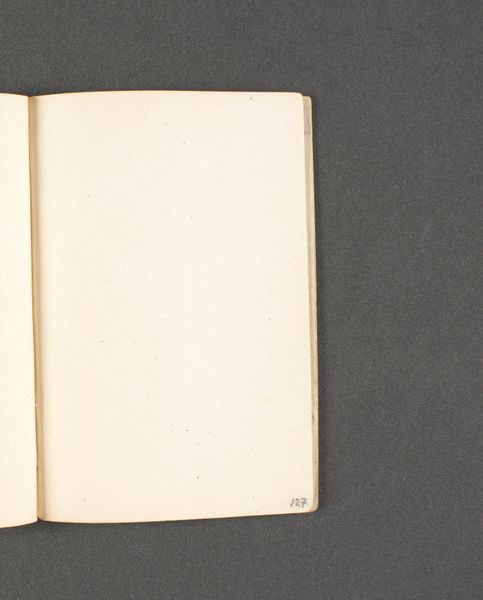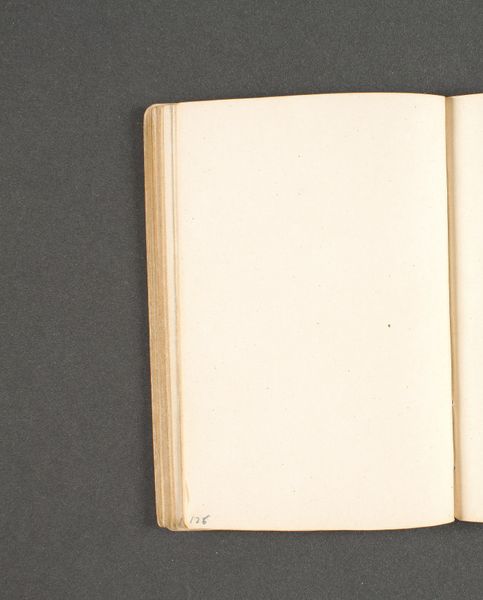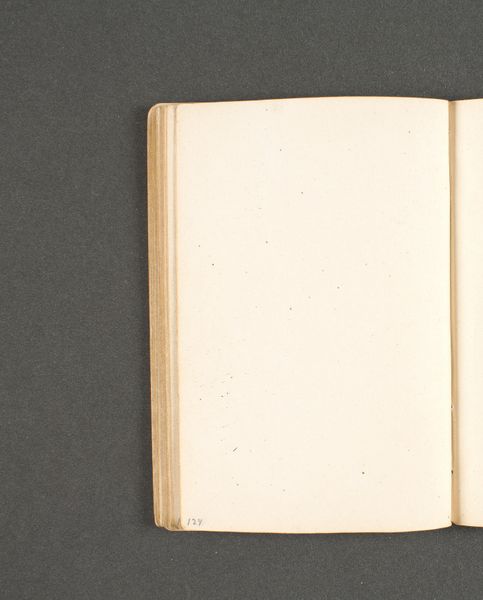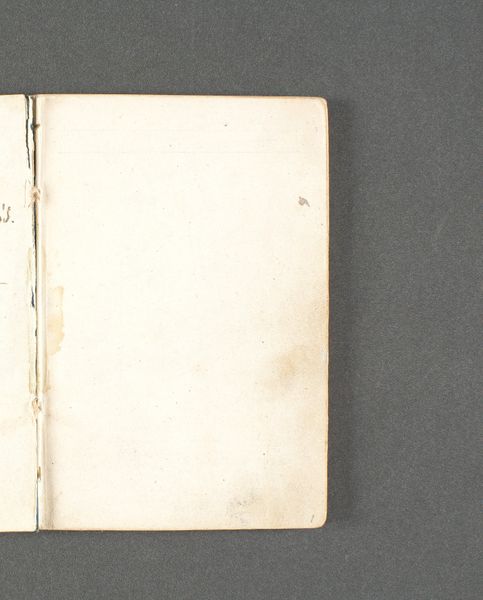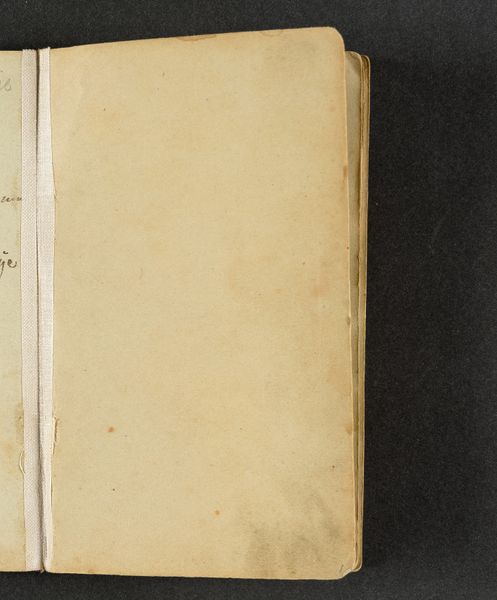
print, paper
#
paper non-digital material
# print
#
paper
Dimensions: height 285 mm, width 194 mm, thickness 6 mm
Copyright: Rijks Museum: Open Domain
Curator: Before us, we see a volume titled, "The Plays of Shakespeare / ed. by Thomas Keightley," dating back to about 1890, part of the collection at the Rijksmuseum. What's catching your eye? Editor: Initially, its bareness strikes me. There is a simple juxtaposition between the tan, almost distressed-looking cover page, and the stark whiteness of the opening leaf, bound rather crudely. It has an institutional coldness but it begs questions of the relationship between accessibility to texts, and power, since a "collected Shakespeare" in its time represents both education, but also ownership of cultural values. Curator: Precisely! It's an interesting tension between the mass production implied by 'the plays of Shakespeare' and the individual craftsmanship evident in its construction and binding. The materials speak to a very particular moment in print history and binding—a move toward cheaper materials making such publications more widely available, compared to hand-scribed works, and suggesting mass-market dissemination, a shift in production models where accessibility broadens as production simplifies. Editor: That's a key point. Access. And the implicit democratization that printing enables. In an era when dramatic productions often excluded diverse voices and actively misrepresented minorities, owning even a text itself suggests the owner is challenging societal limits through literacy. I wonder how it may have circulated; who might have had access to Shakespeare, when performed culture often restricted roles, and even audiences? It feels revolutionary, in its simple way. Curator: I agree, even the degradation we see in the paper hints at use, circulation, the touching and reading of many hands. A testament of its utility, even now a preserved specimen of cultural artifact available for inspection. It challenges assumptions of high and low. A working volume. Editor: It also reminds us to confront which Shakespeare do we see represented; Thomas Keightley's version isn't universally adopted now. How editorial decisions themselves impact our understanding and how Shakespeare then becomes not just about poetic meter but reflects ideologies present the moment this book gets created. Curator: Precisely! Production context matters just as much as its content. Looking at this physical artifact, stripped bare and made obvious as print object we can perhaps grasp at production as part of cultural conversation Editor: Ultimately, then, this bare object speaks volumes not only of Shakespeare but also of its journey through culture, politics, and material existence, challenging traditional interpretations
Comments
No comments
Be the first to comment and join the conversation on the ultimate creative platform.
